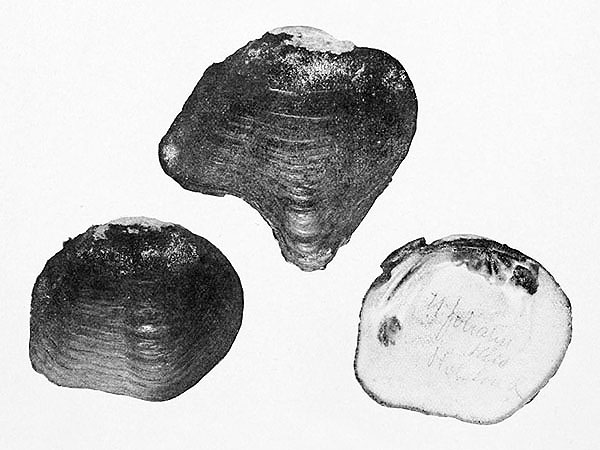Green Springs Mountain Caddisfly (Farula davisi)
The Green Springs Mountain Caddisfly was described in 1958; it is known only from two male specimens that were collected on Green Springs Mountain in Jackson County, Ohio, USA.
The biology of the species is unknown and no additional specimen was ever found; the species is thought to be extinct.
*********************
edited: 15.01.2024
Tag Archives: Ohio
Pseudanophthalmus krameri Krekeler
Kramer’s Cave Ground Beetle (Pseudanophthalmus krameri)
This species was described in 1973, it is known only from its type locality, a cave named Cave Hill Cave, located northwest of West Union, Adams County, Ohio.
The type series consists of 11 specimens of which 10 were collected in 1960, and one in 1962, the species was not found again since that date, despite eight surveys in 1994 and 1995.
The species is most likely extinct. [1]
*********************
References:
[1] Yves Bousquet: Catalogue of Geadephaga (Coleoptera, Adephaga) of America, north of Mexico. ZooKeys 245: 1-1722. 2012
*********************
edited: 11.10.2020
Ceraclea albosticta (Hagen)
White-spotted Long-horned Caddisfly (Ceraclea albosticta)
The White-spotted Long-horned Caddisfly was described in 1861; the species was apparently quite widespread, thus it is strange that its name appears in listings of extinct species.
It is mentioned here for the sake of completeness until I will be able to get further information.
*********************
edited: 01.11.2020
Triaenodes phalacris Ross
The Athens Triaenodes Caddisfly was described in 1938; it is known from a single locality in Ohio where it hasn’t found subsequently, it is thus believed to be extinct.
*********************
edited: 17.05.2022
Epioblasma lewisii (Walker)
Lewis’ Pearly Mussel (Epioblasma lewisii)
Lewis’ Pearly Mussel, also known as Forkshell, was once widespread over a large area in the Cumberland and Tennessee River systems.
The species is only known from empty shells, with the exception of a single specimen with preserved soft parts.
The larvae of the vast majority of the freshwater mussel species live parasitically in the gills of various river fish. However, nothing is usually known about the symbiotic relationships of the extinct species.
***
syn. Dysnomia lewisi Walker, Plagiola lewisi (Walker), Truncilla lewisi (Walker)
*********************

(not in copyright)
*********************
edited: 01.03.2024
Conuropsis carolinensis ssp. carolinensis (L.)
Carolina Parakeet (Conuropsis carolinensis ssp. carolinensis)
The Carolina Parakeet was one of only two parrot species that are truly native to the USA (the other one is the Thick-billed Parakeet (Rhynchopsitta pachyrhyncha (Swainson)) which, however, is now extinct there and only survives in northern Mexico).
The Chickasaw people named the bird ‘kelinky’, the Seminoles again named it ‘pot pot chee’ or ‘puzzi la née’.
The species had a very wide distributional area in the southern USA, where it inhabited old-growth wetland forests along rivers and swamps. The parakeets had a preference for the seeds of the Rough Cocklebur (Xanthium strumarium L.) (see lso depiction below), a plant that contains toxic glucoside, making the flesh of the birds poisonous to predators (the American naturalist and painter John J. Audubon noted that cats apparently died from eating them).
***
The Carolina Parakeet was considered a crop pest and birds were shot by the thousands. Some also ended in the feather trade, in which it apparently was especially popular to dye the originally very colorful birds completely black – such blackened specimens are still kept in several museums.
The last known Carolina Parakeet, a male named Incas, died in the Zoo of Cincinnati, Ohio at February 21, 1918. Yet, in the wild the species apparently survived for several years longer, this can be assumed from eggs that are kept in a museum and that had been collected in Florida in the year 1927.
***
The Carolina Parakeet wasn’t particularly popular in the aviculture, especially because of its loud, harsh voice, however, the ornithologist Hans Freiherr von Berlepsch at the end of he 19th century kept a free-flying population in Germany which, being well-adapted to the European climate was thriving very well. This little population, that could have been the lifeline for the whole species, however, was shot by the innkeeper of a little pub in a neighboring village within only two days.
*********************
edited: 20.01.2020
